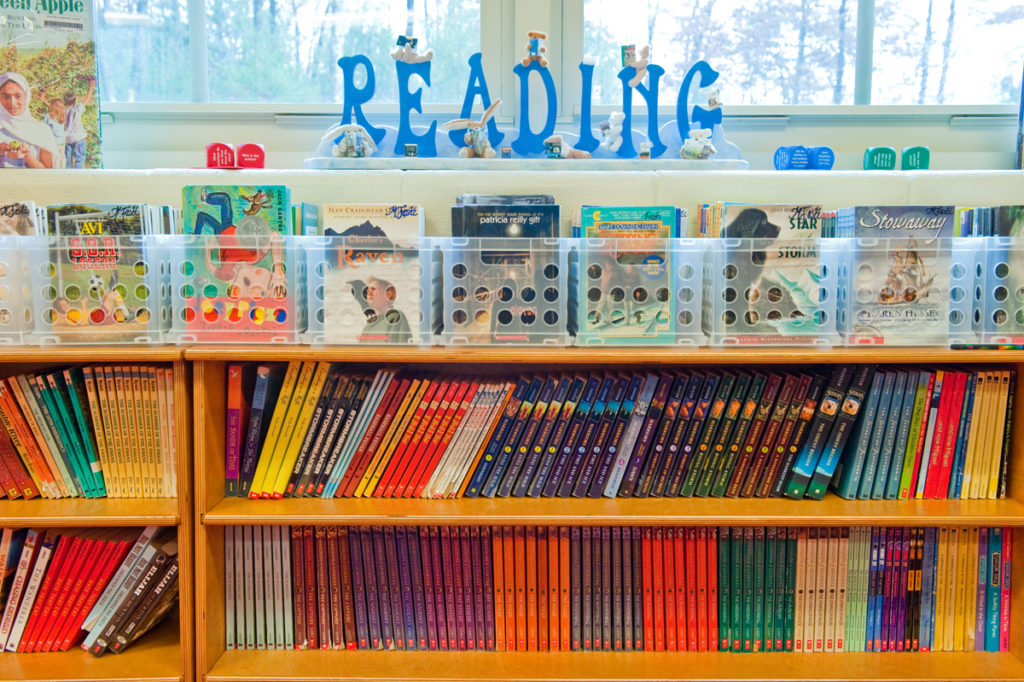
As eager kindergarten students enter the classroom on the first day of school, they see chairs and tables, a paper towel machine, a row of hooks for backpacks, and shelves full of brightly wrapped boxes. Certain areas of the room are hidden behind colorful curtains and tantalizing signs that read “Opening Soon!” For the first few days of school, the wrapped boxes and curtained work areas remain things of mystery to the children.
Such is the scene in veteran kindergarten teacher Rick Ellis’s classroom at Dutch Neck School in Princeton Junction, New Jersey. “The only things visible in my kindergarten classroom are things I know we’ll need to use right away,” says Rick.
Rick’s approach, drawing on Responsive Classroom strategies defined in the book The First Six Weeks of School, is not unusual. Around the country, many teachers at all grade levels use the first days and weeks of school to introduce routines, materials, and learning areas in a structured way.
After the first weeks of school, once children seem comfortable with a few routines, Rick slowly unveils the hidden classroom areas—the classroom library; the art center with supplies hidden under colorful, gift-wrapped boxes; and the curtained-off building block bins. It’s important, says Rick, to set a tone of excitement. “I want children to think that everything about school is wonderful,” he says, “so instead of just saying ‘Here’s where the pencils belong,’ I present the magic pencil box and spend time exploring how to use the pencils.”
One compelling reason for opening up the room slowly is safety. Says Rick: “I don’t want curious and excited five-year-olds running into the room and grabbing a handful of crayons or playing with the scissors until we’ve had a chance to talk about how to use these things safely.”
A careful introduction of materials and learning areas also reinforces their importance. “If I take time introducing a material, whether it’s a pair of scissors or a computer,” Rick says, “the children will better understand its value. And if I allow time for the children to explore its potential uses, they feel a sense of ownership and are more likely to use things both creatively and responsibly.”
With primary grades, introduce tools such as pencils and rulers that don’t require a lot of clean-up or self-control. Once children can use simple materials safely, begin to introduce materials and areas that require more self-control. Rick describes this process as “letting the kite string out slowly.” He usually opens the building block area last since it involves knowing “how to share, control your body in space, build safely, and clean up.”
Although older students will already be familiar with many materials and learning areas, they will also benefit from a review of procedures. They might explore different ways to use familiar materials, which have new uses as students advance.
“It’s important to create ‘can-do’ kids who know how to be safe in the classroom and use tools and areas independently,” Rick says. “When teachers take the time to do this,” he continues, “they can then spend their time teaching rather than putting out fires all day long.”
Scholastic published this article in the August 2004 issue of Instructor magazine.
Lynn Bechtel is a staff writer and editor at Northeast Foundation for Children.